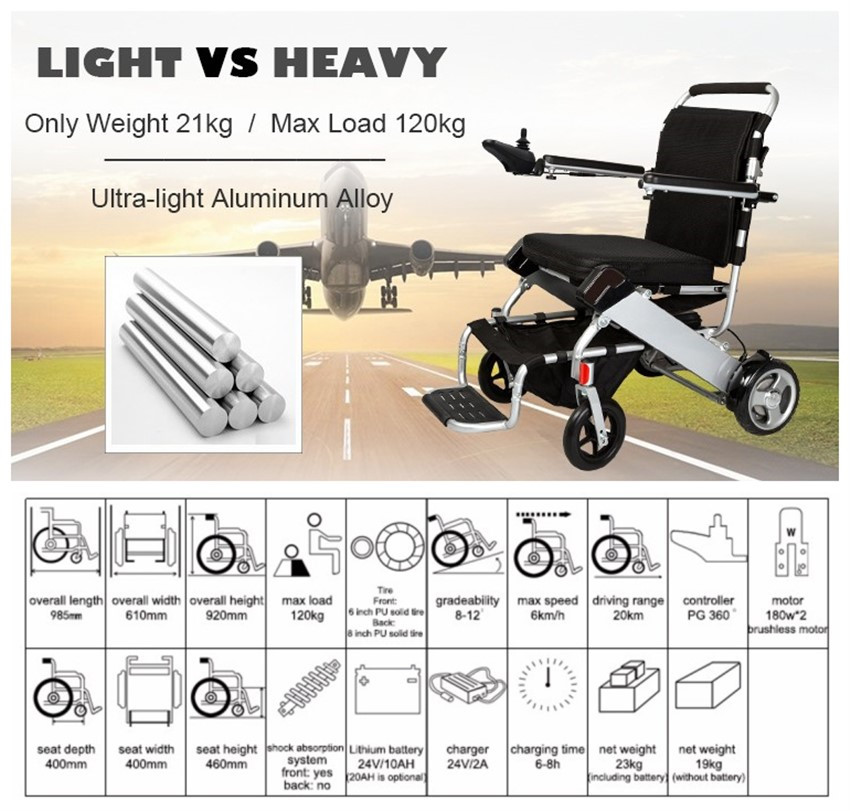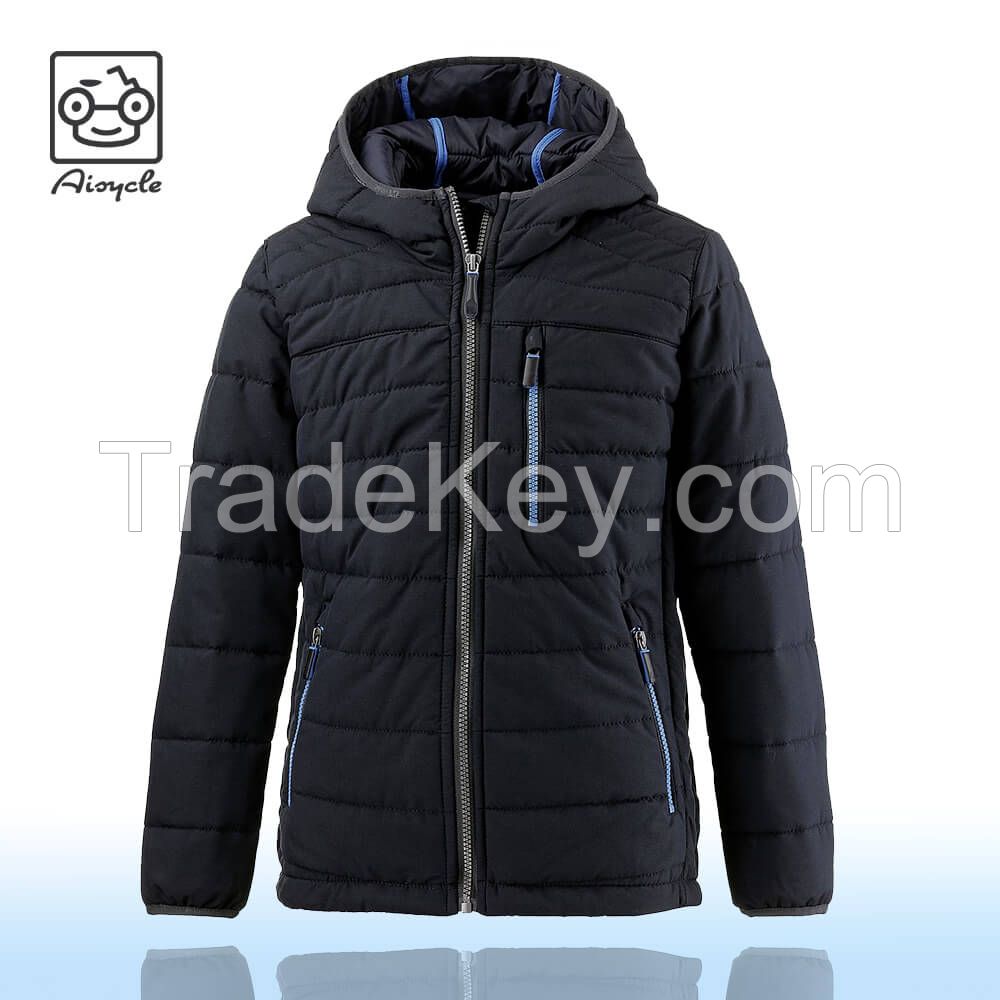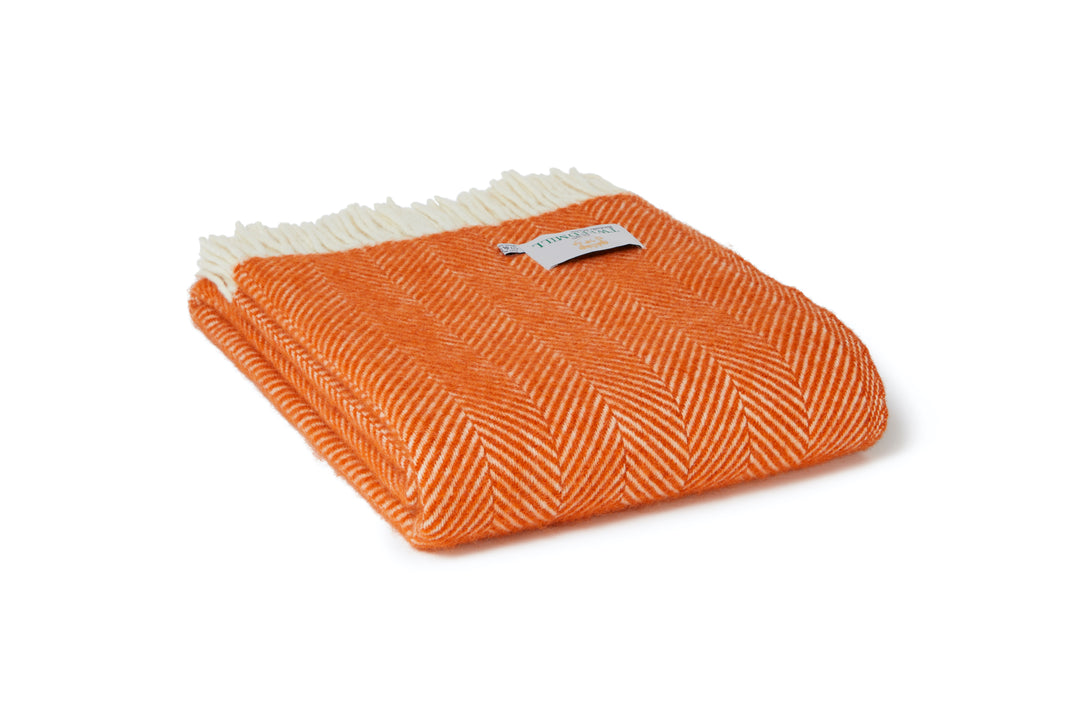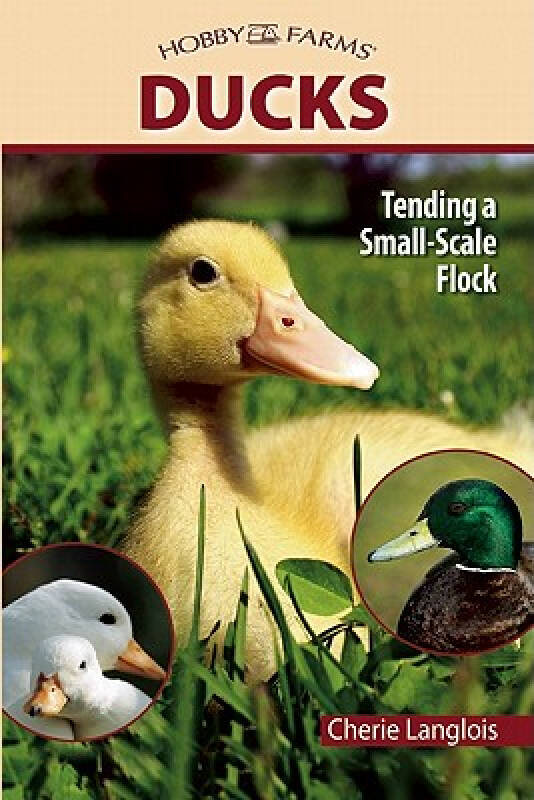Title: Thermal Comfort and Warmth: Understanding the Right Weight for a down comforter
Thermal comfort and warmth are essential factors to consider when choosing the right down comforter for your bed. The weight or fill power of a down comforter refers to how much down is used in the filling, with higher fill powers indicating more insulation and warmth. However, it's not just about the weight; other factors such as the fill distribution, materials used, and quilting patterns also play a role in providing thermal comfort and warmth. It's important to choose a comforter that suits your sleeping style and temperature preferences. If you tend to feel cold at night, opt for a heavier comforter with high fill power, while lighter options may be more suitable for warmer climates. Additionally, down comforters with a higher fill power can be more expensive, but they offer better insulation and longer lifespan. Overall, understanding the right weight for a down comforter is crucial in achieving optimal thermal comfort and warmth for a comfortable night's sleep.
In the depths of winter, there's nothing quite like the warmth and comfort of a good quality down comforter. However, not all down comforters are created equal. When it comes to selecting the right one, many people focus solely on how many ounces the comforter is or how high its fill power is. But two other crucial factors that can significantly impact your sleeping experience are the weight of the comforter and the temperature it can maintain.
At its core, a down comforter is made of feathers or down clusters that are densely packed together. The weight of these clusters, measured in ounces or grams, determines how much heat they can trap and keep you warm during the night. However, just because a comforter is heavy doesn't necessarily mean it's the right one for you. It's essential to consider both the weight and the temperature retention capabilities of a comforter to ensure you get the best possible sleeping experience.
First, let's discuss the weight of a down comforter. In general, a heavier comforter will trap more heat than a lighter one, making it a better choice for cold winter nights. However, there is a trade-off between weight and comfort. A very heavy comforter may be too warm for some people, leading to overheating and discomfort. On the other hand, a lightweight comforter may not provide enough warmth for very cold nights. Therefore, it's important to find a balance between weight and warmth according to your personal preferences and the local climate.

The fill power of a down comforter is another crucial factor to consider. Fill power is a measure of how much insulation a cluster of down feathers provides relative to its weight. The higher the fill power, the more insulation a comforter will have, making it better at trapping heat and maintaining a comfortable temperature. For example, a comforter with a fill power of 750 could retain about 80% of its original warmth after being compressed to about half its original thickness. In contrast, a comforter with a fill power of 600 might only retain about 60% of its original warmth.
So, how much should your down comforter weigh? As mentioned earlier, the ideal weight will depend on several factors, including the climate where you live and your personal preference for warmth. In general, most down comforters range from 60-150 ounces, with 80-90 ounces being a good middle ground for most people. However, if you live in an area with very cold winters or prefer a thicker and warmer feel under your covers, you may want to consider a heavier comforter. Conversely, if you live in an area with mild winters or prefer a lighter feel under your covers, you may want to consider a thinner or less dense comforter with a lower fill power.

Now that we've discussed weight and fill power, let's turn our attention to temperature. The temperature range at which a down comforter can maintain is known as its "tog" rating (or thermal conductivity). Togs are measured on a scale from 0-30, with 15 being average and 0 representing no insulation at all. The higher the tog rating, the more insulation the down clusters have against moisture, making the comforter suitable for colder weather conditions. Generally, a tog rating of 20-25 is sufficient for most winter nights, while a higher tog rating (e.g., 30) is recommended for extreme cold conditions or for people who prefer extra warmth under their covers.
In summary, when selecting a down comforter, it's essential to consider both weight and temperature retention capabilities according to your personal preferences and the local climate. By finding the right balance between these two factors, you can enjoy a comfortable and cozy sleep throughout the winter months. So next time you shop for a new down comforter, remember to take into account these critical elements and choose the one that's right for you.

Articles related to the knowledge points of this article:
The Down Comforters of Inner Mongolia Silejianle Alliance
Can Electric Blankets and Down Comforters Be Used Together?
Feather Duvet for a Good Nights Sleep: 8-Hour Duvet Review



